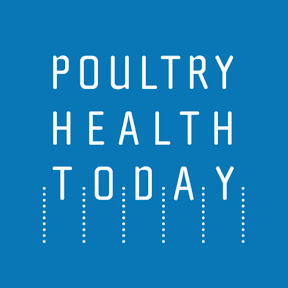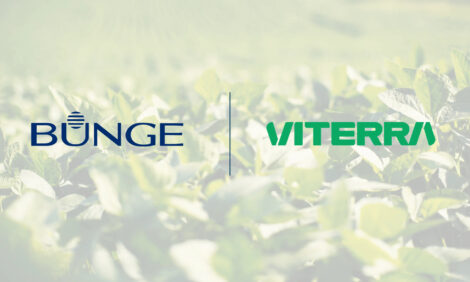



Measuring effectiveness of on-farm interventions key to Salmonella control
Understanding the impact specific on-farm interventions can have on Salmonella is critical to helping the US poultry industry meet government standards around the disease, according to a leading veterinarian.Charles (Chuck) Hofacre, DVM, PhD, president of the Southern Poultry Research Group, said the Food Safety and Inspection Service’s tough performance standards on Salmonella mean the focus on reducing Salmonella levels has shifted to include live production as well as processing.
And while this has prompted broiler farms to adopt a range of interventions measures - ranging from the use of organic acids and essential oils to probiotics, direct-fed microbial and Salmonella vaccines - there is little clarity on exactly how effective each of these measures might be.
Speaking to Poultry Health Today, Hofacre said some interventions, particularly vaccinations, can be expensive for producers, so it is important that any costs result in benefits at the processing plant.
As that has been difficult to assess until now, Hofacre has been working on a technique that could eventually help producers understand the value of interventions and help them decide which measures work best on their farm.
In a series of tests, Hofacre said he compared samples taken from boot socks - specially made boot covers which are designed to pick up bacteria - with samples taken from the ceca and from carcass rinses.
Following tests for Salmonella Kentucky and S. Heidelberg, he found boot socks are a good predictor for Salmonella prevalence, particularly for S. Kentucky.
Boot sock sampling can predict the amount of Salmonella coming into the plant and correlates with the amount of Salmonella on carcasses, he said.
While he expected the boot socks would be a fairly good predictor of Salmonella prevalence, it wasn’t known if they would predict the number of Salmonella coming in quite as well, he added.
In practical terms, having this information helps show the value of interventions to producers and shows what farms should spend their money on in future, Hofacre explained.
“If I’m putting, say, a vaccine in place across all of my broilers, am I getting the return on that investment by lowering the level in the processing plant?
“If you’re a company that’s in a recall or have some Salmonella that’s a high risk for human health hazard, you may want to throw everything at it and not worry about the cost.
“But if you’re a broiler company and you’re trying to keep from going from category 2 to 3, then you want to know if [you’re] going to get a return on that investment.”
Hofacre said the next step is to look at other Salmonella strains to see if the same holds true for them.
“If so, we’ve got a good method that we can evaluate effectiveness of our interventions.”












